Warming up to Wile E. Coyote
The dawn air is so cold and crisp that you can feel the ice crystals accumulating in your nostrils with each vapor-clouding breath. The humidity is so low that the bone-dry snow squeaks with each step you take, trying to walk quietly toward your destination, a small knoll that's downwind and overlooks a dense balsam swamp.
Once there, you find a suitable place to sit with your back against a large ash tree. Then, it's "showtime," as the frigid air is shattered by the screams of a rabbit in the clutches of some predator. However, the "show" is just that ... as there is no real rabbit nor is there an attacking predator. It's all part of your plan to make any real predator hearing it believe that it might be an easy ticket to a free meal, and come to investigate the commotion. You're now the roadrunner, waiting for Wile E. Coyote.
The technique of calling game is not new, as it dates back to aboriginal times when early hunters learn that by mimicking the sounds of various wildlife species, the game might come to investigate. However, unlike other calling practices which mimic the vocalizations the game being sought makes, enticing predator species revolves around imitating the sounds made by its primary prey, or rather that prey being attacked and in distress. So, in essence, the hunter actually becomes the hunted.



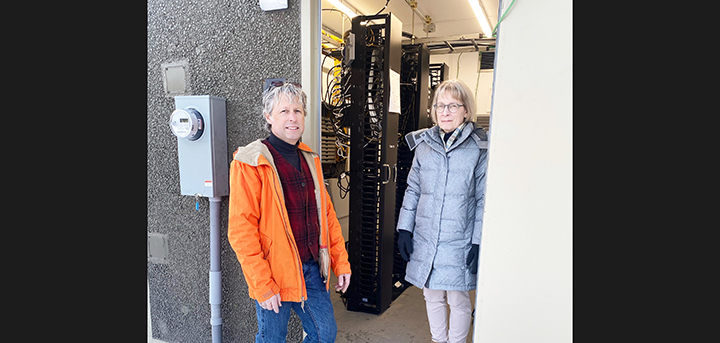
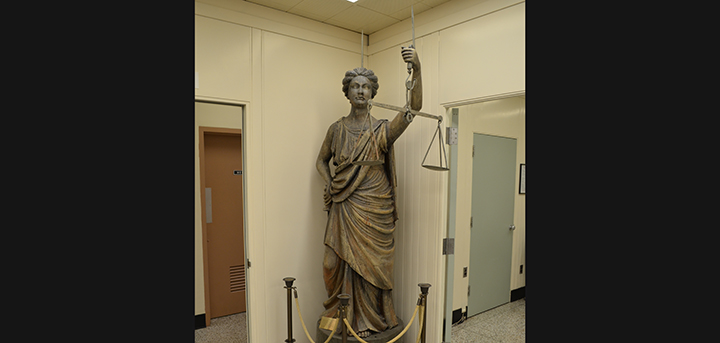
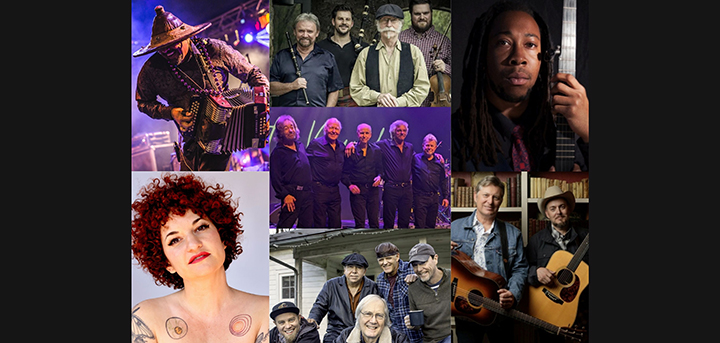


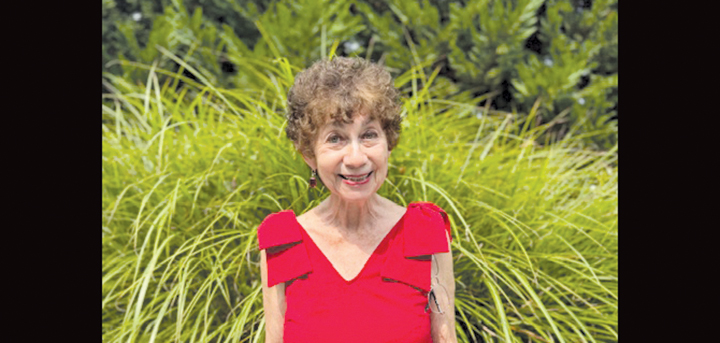
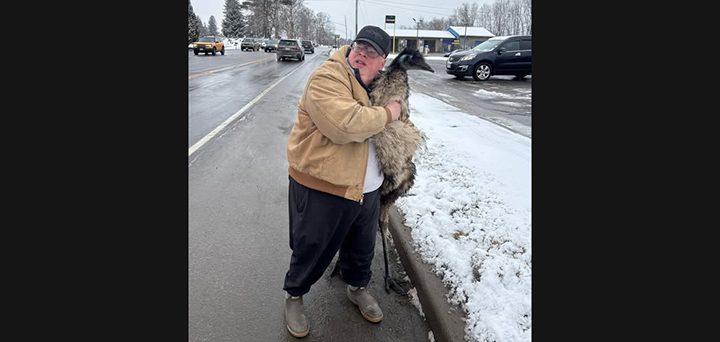


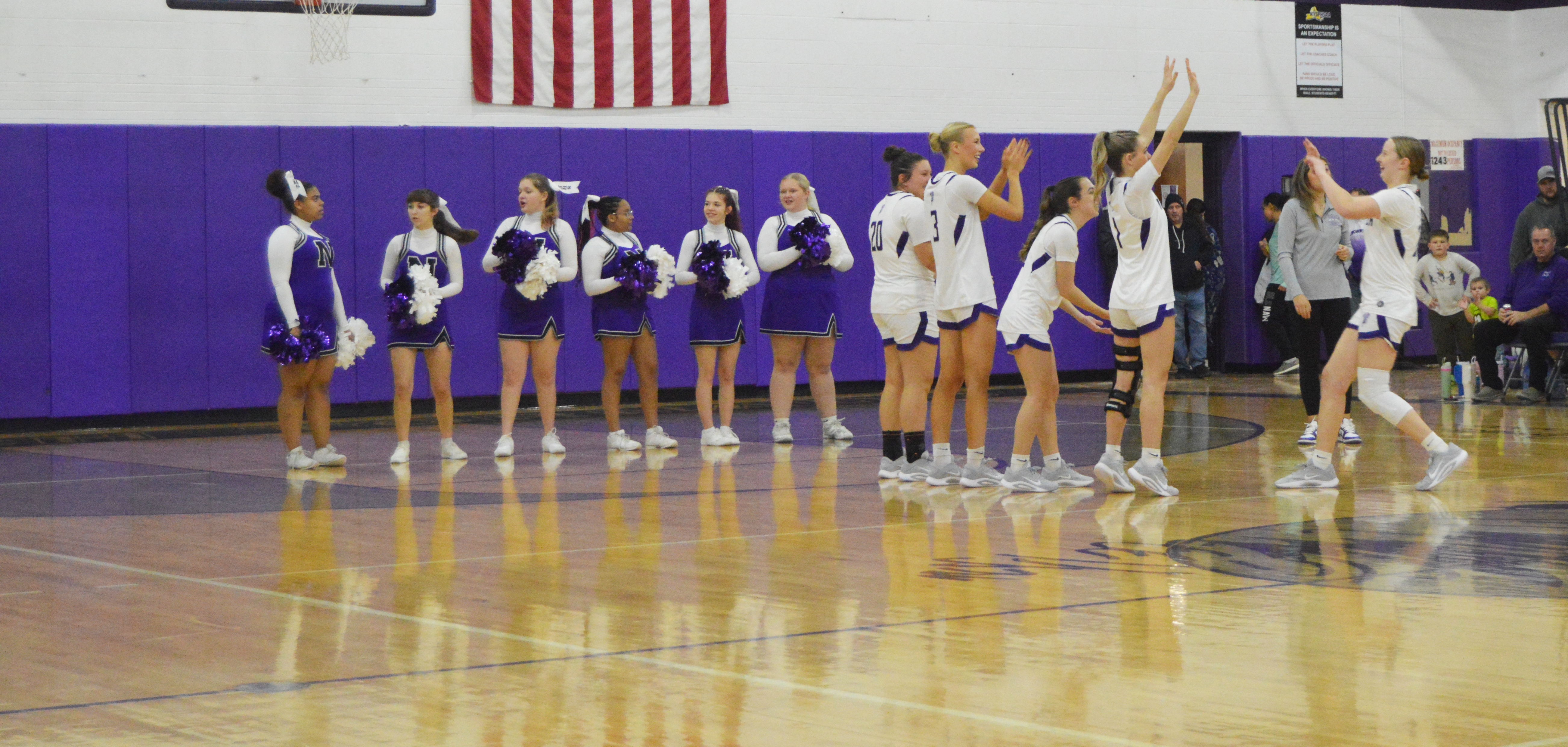

Comments